Are you wondering if stoneware or porcelain dinnerware is right for you? Warm, cozy, and durable stoneware vs. porcelain — which material should you choose for your dinnerware collection?
The best things in life are often the simplest. Whenever we cook, bake or create something, our focus is on the result rather than the provenance of the ingredients or even the utensils we use.
However, there are many aspects to consider, both practical and aesthetic, when choosing dinnerware for your home. With the seemingly unlimited choice on offer, it can all become a little overwhelming.
Regarding dinnerware, there are two main types of materials that people tend to use: stoneware and porcelain.
Both have unique benefits and drawbacks, so it’s essential to know the difference before making a purchase.
In this blog post, we’ll compare and contrast stoneware vs. porcelain, so you can decide which type of material is right for you.
Table of Contents
The Types of Dinnerware Materials
Dinnerware is made from various materials, including glass, ceramics, metal, and plastic.
Some are more common than others, but all have advantages and disadvantages. Here’s a quick overview of the most common dinnerware materials:
● Glass Dinnerware
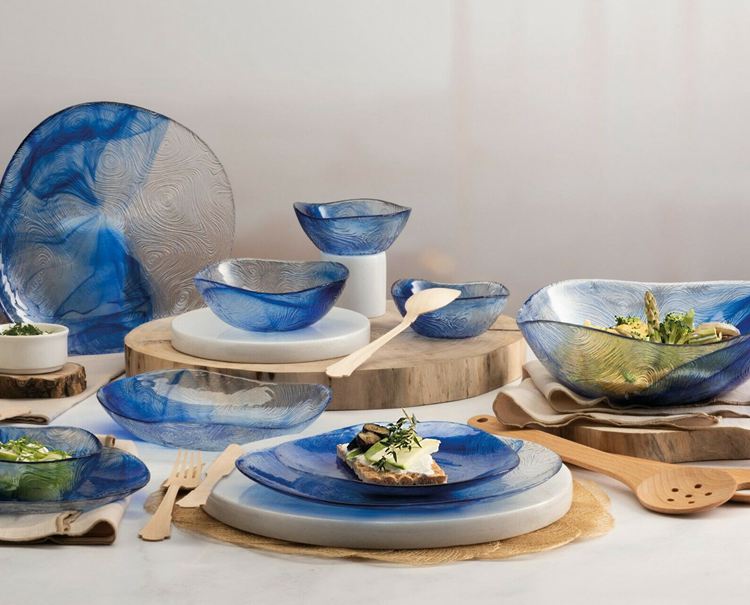
Glass is another popular choice for dinnerware because it’s lightweight and easy to clean. You can find almost every color imaginable glass plate, making it easy to match your kitchen decor.
Glass tends to chip or break easily, requiring careful handling when washing by hand or putting in the dishwasher.
Glass also isn’t microwaveable and can’t be used in the oven or over an open flame on the stovetop.
● Stainless Steel
Stainless steel is durable, easy to clean, and affordable for most people. It does not retain heat as well as ceramic or cast iron, so it’s not ideal for hot foods.
However, this might be the best option if you’re looking for a simple set that will last for years without getting chipped or scratched.
● Bone China
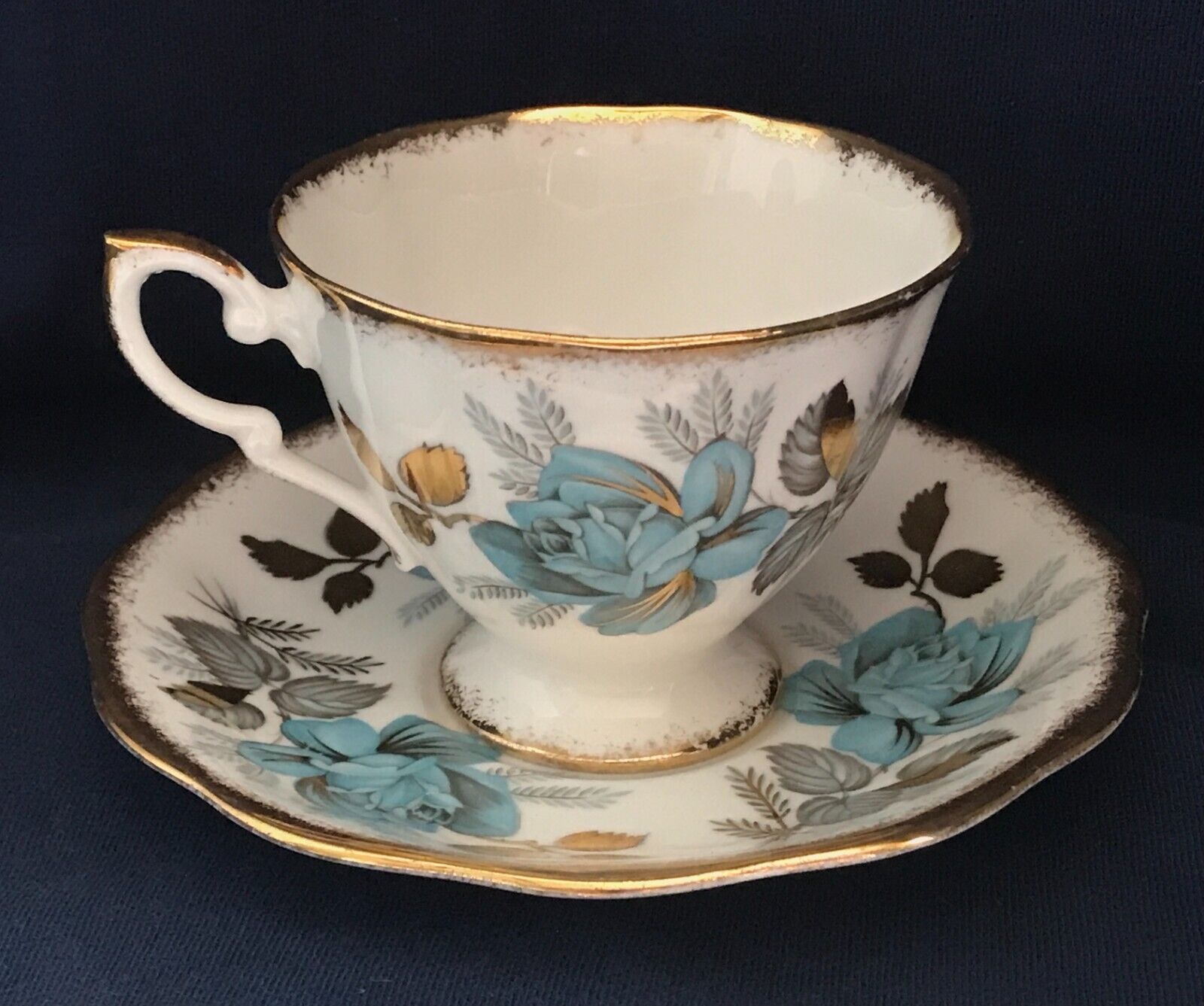
Bone china dinnerware is a type of Ceramic that includes bone ash in the manufacturing process.
It’s strong, durable, and heat-resistant but also very expensive. The material is most often used on high-end dinnerware sets.
● Melamine Dinnerware
Melamine dinnerware is another popular choice of dinnerware. Melamine dinnerware has a plastic surface that looks like porcelain or china and will not chip or break like regular plastic.
Melamine dinnerware has been used for years as a more durable option for children’s dishes. Still, it has recently become popular with people who want the look of real china without worrying about breaking it.
● Earthenware Dinnerware
Earthenware is a very durable material that can be used for dinnerware. It’s made with clay, water, and other materials, such as wood or bone ash.
The clay is fired in a kiln at very high temperatures to make it solid and durable. Earthenware may be glazed or unglazed, which means the surface may be shiny or dull. Unglazed earthenware is usually called “stoneware.”
● Porcelain Dinnerware
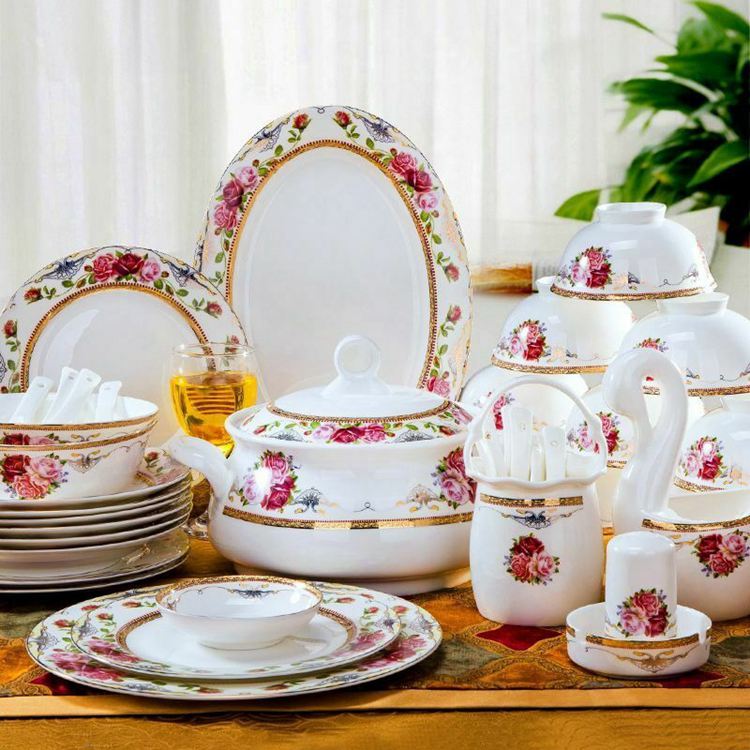
Porcelain dinnerware is made by mixing ground quartz with other minerals like feldspar and kaolin (clay). The mixture is then fired at very high temperatures in a kiln until it becomes hard enough to withstand everyday use without breaking easily.
Porcelain plates are often outstanding pieces of artwork with intricate designs painted on them using unique glazes. They were also costly!
● Stoneware Dinnerware
Stoneware is an unglazed ceramic material that resists chipping, scratching, and cracking. It’s made from clay that has been fired at high temperatures.
Stoneware dinnerware is a popular material for dishes and tableware. It’s durable, affordable, and easy to clean. Stoneware can be glazed or unglazed, affecting the piece’s appearance and durability.
Choosing The Right Material for Your Dinnerware
Choosing the suitable material for dinnerware is essential, as it can impact your health, the environment, and budget.
The suitable material for dinnerware is essential to the enjoyment of your meal. Whether you are choosing plates, bowls, or cups, there are several things to consider before making a purchase.
1. The primary purposes of dinnerware
- Eating (obviously)
- Serving food
- Making the table look pretty
2. Material
The most crucial aspect to keep in mind is that the material should be durable enough to withstand daily use.
If you have kids or pets at home, it’s best to opt for ceramic or glass because these materials are incredibly sturdy and less likely to break if dropped.
If you want something more upscale, go for sturdier materials like stainless steel or brass, which can also double up as serving trays if need be.
● Choosing the suitable material for daily use
For most people, choosing a material for daily use is a matter of cost and durability. Stainless steel and porcelain are popular choices because both are durable and easy to clean.
However, there are some drawbacks to each: stainless steel can be heavy and rust if not cared for properly; porcelain can break faster than other materials and may be more challenging to clean.
● Choosing the suitable material for formal use
You’ll want to invest in more luxurious dinnerware options for special occasions like weddings or holidays to make your guests feel special.
Silverware is often used at these events because it adds elegance without being too expensive.
When choosing silverware, ensure you get forks with rounded tips, so they’re not sharp enough to scratch plates or damage teeth when eating.
Stoneware Vs. Porcelain
If you are like me and researched everything before you bought it, then you probably have a good idea of what porcelain and stoneware are.
However, I know for a fact that most people buy a product without doing much research at all.
So if you know your old dishwasher will last another five years and want to upgrade to avoid scraping off the baked-on food, it is always best to do some research.
Stoneware and porcelain are made from clay and can be used for many different purposes. However, each material has unique properties that make it ideal for different applications.
Let’s dive in more for details about stoneware vs. Porcelain.
● Differences in Composition
Stoneware is a type of pottery that is used to make dishes and kitchenware. It has been around for over 2,000 years, but it is still popular today because it is durable, heat resistant, and affordable. The main difference between stoneware and porcelain is their composition.
Stoneware is made from clay mixed with feldspar and quartz. It also contains small amounts of iron oxide, which gives it a red or brown color. This combination is a hard material that can be fired at higher temperatures than other types of pottery.
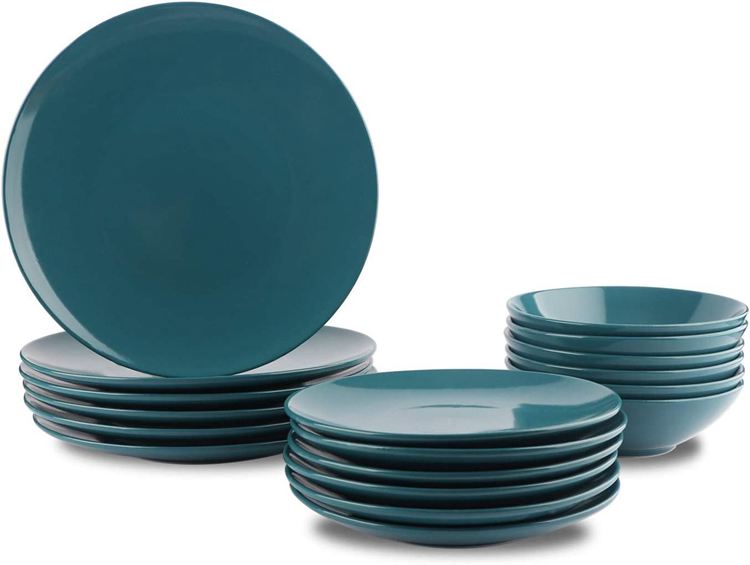
Conversely, porcelain is made from kaolin clay mixed with feldspar, quartz, and mica. Porcelain has a much harder surface than stoneware because it contains no iron oxide in its composition.
It also has a lower melting point than stoneware, making it easier to work with when creating pieces such as plates or bowls that need to withstand heat during the firing process.
● Differences in Firing
Stoneware and porcelain are fired at high temperatures, but their firing processes differ significantly.
Understanding these differences is important because they can significantly impact your glazed ceramic work’s strength, durability, and longevity.
The main difference between stoneware and porcelain is that stoneware is fired at higher temperatures than porcelain.
Stoneware can be baked anywhere between 2100-2400 degrees F (1200-1400 degrees C), while porcelain is fired at around 2000 degrees F (1100 degrees C). The higher temperature of stoneware makes it vitreous or glassy like glass, while porcelain is closer in appearance to ceramic tile.
Stoneware has a lower thermal expansion rate than porcelain, meaning it doesn’t expand as much when it gets hot. This property makes it less likely to crack during firing. However, this feature also makes it less resistant to thermal shock — that is, sudden changes in temperature — than porcelain.
● Differences in Glazing Property
The difference between these two types of ceramics lies in the type of glaze used on the surface of the pottery.
Glazes are applied to porcelain during the firing process to give it its shiny surface. Glazes melt when they come into contact with flames in the kiln, then reharden into a smooth layer once they cool down.
Porcelain’s shiny glaze makes it look glassy or translucent, allowing you to see through it like a window pane.
Stoneware has a matte finish because it doesn’t have any glaze added during the firing process.
Instead of having a glossy surface like porcelain, the matte finish gives stoneware pieces an earthy texture that makes them ideal for use in outdoor settings.
● Thickness and Weight
Stoneware and porcelain differ in terms of thickness and weight. Stoneware is typically thicker than porcelain, which makes it more durable.
Porcelain is thinner, so it is more fragile than stoneware and may break if dropped on a hard surface.
Stoneware is denser than porcelain, which means that it weighs more per cubic inch than porcelain does.
For example, if you need to weigh one pound of clay to make a certain amount of ceramic ware, you will need less weight of stoneware than you would need for the same amount of porcelain ware because it’s denser.
What are the differences between stoneware, porcelain, and other types of ceramic?
Stoneware vs. porcelain and other dinnerware materials can often be challenging to differentiate.
Although the differences between stoneware and porcelain are subtle, each material has its advantages and disadvantages, so it’s a good idea to learn about them before deciding what type of dishes you want for your home.
● porcelain vs. bone china vs. stoneware
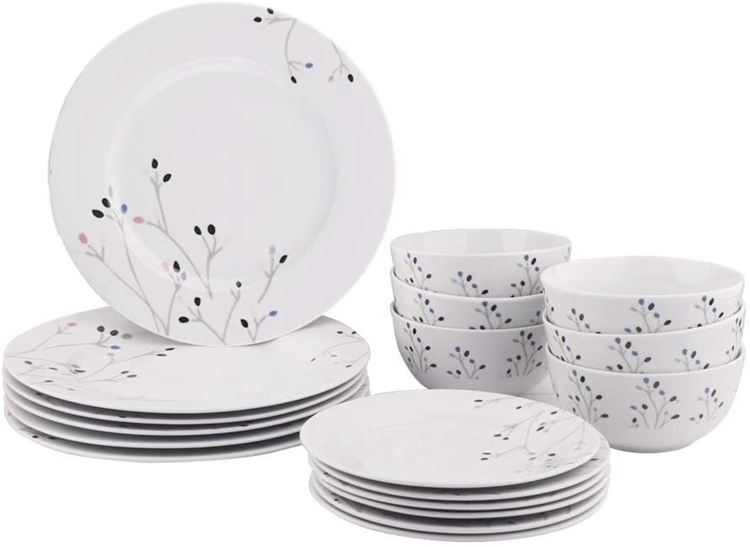
Interested in finding out what porcelain vs. bone china vs. stoneware is? Please keep reading!
Porcelain and bone china are fired at high temperatures but have different compositions. Porcelain is made from clay, feldspar, and quartz; bone china contains bone ash and other materials.
Stoneware is a hard-fired clay that is not as translucent as porcelain but can be glazed to appear translucent.
The most crucial difference between these dinnerwares is their durability. Porcelains are durable because they are dense and complex; they will not break easily when dropped or if they hit another dish.
Bone china and stoneware are durable enough for everyday use, but they will chip more easily than porcelain if you drop them.
Bone china has a higher melting point than porcelain, so it can be used for cooking without the risk of melting or cracking at high temperatures.
Porcelains also cannot be used for cooking at high temperatures without risking warping or chipping.
● Stoneware vs. Ceramic
Stoneware is made from a mixture of clay, sand, and other minerals fired at high temperatures (2,000–2,600 degrees Fahrenheit).
It has a higher melting point than ceramic and will not easily break or chip when dropped on the floor or run through the dishwasher. The extra time involved in making stoneware makes it more expensive than Ceramic.
Ceramic is made from a mixture of clay and other minerals fired at lower temperatures (1,300–1,500 degrees Fahrenheit).
It has a lower melting point than stoneware but does not chip as quickly as stoneware when dropped on the floor or run through the dishwasher.
● Stoneware vs. Earthenware
Which one is better, stoneware or Earthware? Let’s read about stoneware vs. earthenware to answer this question.
Stoneware is made of clay and fired at a higher temperature than earthenware. It’s more durable and less porous than earthenware and can be used in the oven and microwave without fear of cracking.
Stoneware has a smooth, glossy surface that doesn’t absorb stains or odors, making it ideal for serving food. Stoneware is heavier than earthenware but less expensive than porcelain or bone china.
Earthenware is fired at a lower temperature than stoneware, making it less durable. It’s also more porous than stoneware and quickly absorbs odors and stains.
Earthenware has a matte finish that makes it suitable for serving cold foods like salads or drinks because condensation won’t ruin its appearance as it would on porcelain or glassware. Earthenware is usually less expensive than porcelain or bone china but heavier than stoneware.
The Benefits of Porcelain
Porcelain dinnerware is an attractive, robust, and durable option for everyday use. Porcelain dinnerware is easy to clean and maintain, so you can enjoy it for years to come.
● Durability
Porcelain dinnerware is exceptionally durable, making it ideal for everyday use. The surface of porcelain dinnerware is nearly impenetrable by normal liquids, detergents, and stains.
It can withstand intense heat, so it’s safe to put in the microwave or dishwasher. The sturdiness of porcelain dinnerware makes it ideal for everyday use because you won’t have to worry about cracking or chipping when washing up after meals.
● Versatility
Porcelain dinnerware comes in many different styles and colors to suit any taste or style of decorating scheme.
Whether you want traditional white or modern black plates, many options are available from many different brands on eBay. You can also choose from various shapes and sizes depending on how much space you have available in your cabinets or drawers at home.
● Strength
Porcelain is robust and can withstand heavy use without cracking or chipping like other materials used in dinnerware.
It’s important to note that the strength of porcelain varies by manufacturer. Some manufacturers use different quality clays and glazes, resulting in lower-quality porcelains that are more likely to chip or break over time.
● Easy To Care For And Maintain
Unlike other types of dishware like glass or plastic, porcelain does not need special care when washing or drying after each use.
Most people wash and dry porcelain dishes like any other dish in their kitchen and don’t worry about them breaking or chipping during the process. This makes cleaning up after meals more accessible than ever.
The Benefits of Stoneware
Stoneware is durable and heat resistant, making it perfect for everyday use. Here are some more benefits of using this type of dinnerware:
● Durable
Stoneware dinnerware is one of the most durable materials available today. It won’t chip or crack like ceramic or glass, so you can use it daily without worrying about breaking or getting chipped.
● Safe
Another benefit of stoneware dinnerware is that it’s safe for microwaves, ovens, and dishwashers.
You won’t have to worry about harmful chemicals leaching into your food when you cook with stoneware dishes, making them an ideal choice for families with young children who are still learning to eat appropriately on their plates.
● Versatility
Stoneware is available in many colors and shapes, so you can choose the ones that best suit your needs in your restaurant or kitchen setting. The most common color for commercial uses is white, but other colors are available too.
● It’s microwave safe.
Some dishes may explode in the microwave if they’re not labeled as microwave-safe — but most stoneware pieces are safe for heating in the microwave oven as long as they’re labeled “microwave safe” or “not oven-proof.”
● stain resistant
Stains often come off quickly when you wipe them away with a cloth dampened with warm water and mild detergent — no scrubbing required!
Which One Is Right for You? Porcelain or Stoneware
When selecting the suitable material for your kitchen, there are several factors to consider.
- The most crucial factor is the overall look you want in your kitchen. If you’re looking for a more traditional or rustic feel, then stoneware may be the best choice for you. If you’re looking for something more modern and sleek, then porcelain might be the way to go.
- Porcelain is more expensive than other types of cookware, so it is essential to compare prices before purchasing so that you do not unnecessarily spend money.
- If you’re looking for something easy to clean and will last for years, go with porcelain! But if you want something that retains heat and looks great on your stovetop, go with stoneware!
Conclusion
So there you have it, comparing stoneware vs. porcelain dinnerware with the qualities of each material. No single material is superior to the other: it depends on what qualities you value in your dinnerware.
When it comes to picking dinnerware, the choices can feel endless. This article aims to provide a quick and easy primer on ceramic types that will help you determine which ones are the best for you and your dining needs.
FAQ’s
Can you tell me which is better, ceramics or stoneware?
Stoneware is typically the best option for dinnerware because it is made of a material that can withstand high temperatures and thus will not burn your hands when you are eating.
On the other hand, Ceramic is less durable and more prone to breaking during use or washing.
Is there a material that is most durable for dinnerware?
The most durable dinnerware materials are heatproof, scratch-resistant, and dishwasher safe. We recommend choosing a material that is also microwave-safe, as this will make it easier for you to reheat your food.
In our opinion, the most durable dinnerware material is porcelain. Porcelain is scratch-resistant and can withstand temperatures of up to 1,200 degrees Fahrenheit. It’s also easy to clean in the dishwasher and microwave.
Do ceramics and stoneware belong to the same family?
Ceramic and stoneware are not the same things. Ceramics are made from clay, water, and other materials.
Stoneware is made from clay fired at high temperatures, so it becomes hard, making it more durable than ceramics.
In what ways does stoneware have disadvantages?
The disadvantages of stoneware are as follows:
- It is not as strong as other materials, such as Ceramic. It can break more easily under pressure.
- Stoneware is heavy and difficult to clean compared to other cookware.
- Stoneware also requires hand washing and cannot be used in the dishwasher.
- It does not conduct heat well, so if you place hot food inside it, it will take longer for the food to cool down compared to other materials.
Porcelain has some disadvantages; what are they?
The disadvantages of porcelain are:
- Porcelain is more expensive than other materials, so it’s a more expensive choice for restoration.
- Porcelain is not as strong as other materials, making it less durable and more prone to breakage.
- It cannot be used for cooking on the stove or in the oven.
- It does not tolerate high temperatures well.

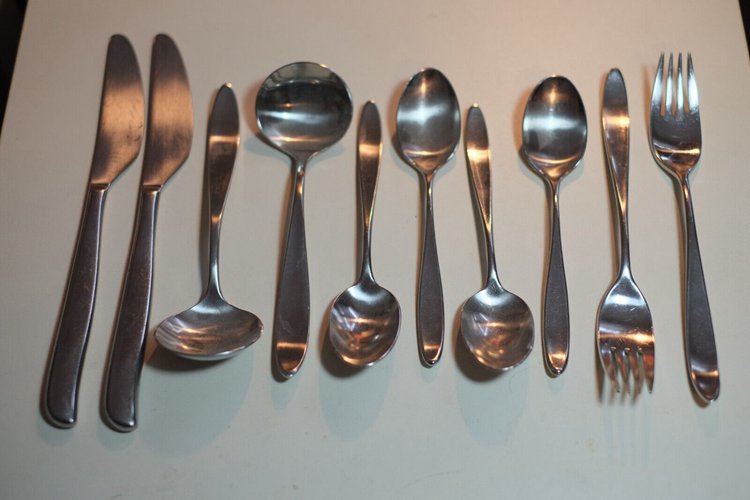




![Where To Sell Antique Furniture In 2022 [Ultimate Guide]](https://www.jacquelinestallone.com/wp-content/uploads/2022/09/Etsy-Your-Place-To-Buy-And-Sell-All-Things-Handmade-600x450.jpg)


